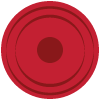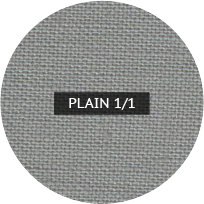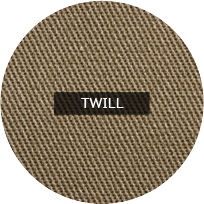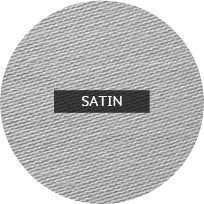

Different types of fabric have different characteristics – some are thick, some are fine, some are coarse, some have a visible texture. Here are our suggestions on how to choose a fabric which is suitable for your need.
Cotton Cotton is a natural material which is most popular in textile manufacturing because of its soft and natural feel. Cotton is also strong and durable, breathable and easy to wash and maintain.
Linen is a textile made from fiber of flax plants. Its unique attributes include having a smooth feel, and better drape than cotton. Linen is more durable than cotton but wrinkles more easily. Linen is also has higher price than cotton due to its more complicated production process.
Silk is a natural fiber which has very high price. Silk has special characteristics of having inimitable greatest luster with smooth and soft feel. Silk is also comfortable to wear but cannot tolerate heavy washing and ironing.
Synthetic fibers, such as polyester and nylon, are fibers derived from petroleum. They are strong and durable; yet some types of synthetic fibers are very soft to the touch. Synthetic fibers are also easy to clean and hard to wrinkle. However, they are not as comfortable to wear as cloth made from natural fibers, not breathable, highly flammable and will melt when ironed at high temperatures.
Shirt 4.4 ounces/square yard or about 147 grams/square meter
Pants 7.0 ounces/square yard or about 237 grams/square meter
Denim pants (jeans) 11 ounces/square yard or about 373 grams/square meter
Canvas cloth for sneakers, bags 13 ounces/square yard or about 440 grams/square meter

Plain 1/1 is a weave in which each warp thread passes alternately under and over each weft thread Fabric with plain weave are normally: Poplin: a strong fabric in plain weave with fine ribbing

Twill: a weave which produces parallel diagonal lines or ribs

Satin is a 4/1 weave, which creates smooth and lustrous surface

Canvas: is a thick and heavy plain-weave fabric with a crossed appearance
Update your browser to view this website correctly. Update my browser now